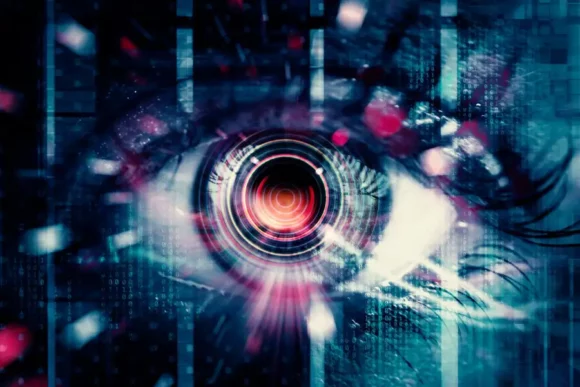According to Patrick Dixon, Arvind Narayanan and Sayash Kapoor, artificial intelligence will not bring about the end of the world. It isn’t even going to bring about the end of human civilisation. It’ll struggle even to take over our jobs. (If anything, signs point to a decrease in unemployment.)
Am I alone in feeling cheated here? In 2014, Stephen Hawking said we were doomed. A decade later, Elon Musk is saying much the same. Last year, Musk and other CEOs and scientists signed an open letter from the Future of Life Institute, demanding a pause on giant AI experiments.
But why listen to fiery warnings from the tech industry? Of 5,400 large IT projects (for instance, creating a large data warehouse for a bank) recorded by 2012 in a rolling database maintained by McKinsey, nearly half went over budget, and over half under-delivered. In How AI Will Change Your Life, author and business consultant Dixon remarks, “Such consistent failures on such a massive scale would never be tolerated in any other area of business.” Narayanan and Kapoor, both computer scientists, say that academics in this field are no better. “We probably shouldn’t care too much about what AI experts think about artificial general intelligence,” they write. “AI researchers have often spectacularly underestimated the difficulty of achieving AI milestones.”
These two very different books want you to see AI from inside the business. Dixon gives us plenty to think about: AI’s role in surveillance; AI’s role in intellectual freedom and copyright; AI’s role in warfare; AI’s role in human obsolescence – his exhaustive list runs to over two dozen chapters. Each of these debates matter, but we would be wrong to think that they are driven by, or were even about, technology at all. Again and again, they are issues of money: about how production gravitates towards automation to save labour costs; or about how AI tools are more often than not used to achieve imaginary efficiencies at the expense of the poor and the vulnerable. Why go to the trouble of policing poor neighbourhoods if the AI can simply round up the usual suspects? As the science-fiction writer Ted Chiang summed up in June 2023, “Fears about technology are fears about capitalism.”
As both books explain, there are three main flavours of artificial intelligence. Large language models power chatbots, of which GPT-4, Gemini and the like will be most familiar to readers. They are bullshitters, in the sense that they’re trained to produce plausible text, not accurate information, and so fall under philosopher Harry Frankfurt’s definition of bullshit as speech that is intended to persuade without regard for the truth. At the moment they work quite well, but wait a year or two: as the internet fills with AI-generated content, chatbots and their ilk will begin to regurgitate their own pabulum, and the human-facing internet will decouple from truth entirely.
Second, there are AI systems whose superior pattern-matching spots otherwise invisible correlations in large datasets. This ability is handy, going on miraculous, if you’re tackling significant, human problems. According to Dixon, for example, Klick Labs in Canada has developed a test that can diagnose Type 2 diabetes with over 85 per cent accuracy using just a few seconds of the patient’s voice. Such systems have proved less helpful, however, in Chicago. Narayanan and Kapoor report how, lured by promises of instant alerts to gun violence, the city poured nearly 49 million dollars into ShotSpotter, a system that has been questioned for its effectiveness after police fatally shot a 13-year-old boy in 2021.
Last of the three types is predictive AI: the least discussed, least successful, and – in the hands of the authors of AI Snake Oil (4 STARS) – by some way the most interesting. So far, we’ve encountered problems with AI’s proper working that are fixable, at least in principle. With bigger, better datasets – this is the promise – we can train AI to do better. Predictive AI systems are different. These are the ones that promise to find you the best new hires, flag students for dismissal before they start to flounder, and identify criminals before they commit criminal acts.
They won’t, however, because they can’t. Drawing broad conclusions about general populations is often the stuff of social science, and social science datasets tend to be small. But were you to have a big dataset about a group of people, would AI’s ability to say things about the group let it predict the behaviour of one of its individuals? The short answer is no. Individuals are chaotic in the same way as earthquakes are. It doesn’t matter how much you know about earthquakes; the one thing you’ll never know is where and when the next one will hit.
How AI Will Change Your Life is not so much a book as a digest of bullet points for a PowerPoint presentation. Business types will enjoy Dixon’s meticulous lists and his willingness to argue both sides against the middle. If you need to acquire instant AI mastery in time for your next board meeting, Dixon’s your man. Being a dilettante, I will stick with Narayanan and Kapoor, if only for this one-liner, which neatly captures our confused enthusiasm for little black boxes that promise the world. “It is,” they say, “as if everyone in the world has been given the equivalent of a free buzzsaw.”










